Rising Incidence of STDs
The increasing incidence of STDs is a primary driver of the STD Testing Devices Market. Recent epidemiological studies indicate a concerning rise in infections, particularly among younger populations. This trend has prompted health authorities to emphasize the importance of regular testing as a preventive measure. As more individuals become aware of their STD status, the demand for testing devices is expected to escalate. The STD Testing Devices Market is likely to benefit from this growing need, as healthcare providers and consumers alike recognize the critical role of testing in managing and controlling the spread of STDs.
Increased Awareness of STDs
The heightened awareness surrounding sexually transmitted diseases (STDs) has catalyzed growth in the STD Testing Devices Market. Educational campaigns and public health initiatives have played a pivotal role in informing individuals about the risks associated with STDs. This awareness has led to a surge in demand for testing devices, as individuals seek to take proactive measures regarding their sexual health. According to recent data, the prevalence of STDs has been on the rise, prompting health organizations to advocate for regular testing. Consequently, the STD Testing Devices Market is experiencing a notable uptick in sales, as consumers prioritize their health and well-being.
Government Initiatives and Funding
Government initiatives aimed at combating STDs are significantly influencing the STD Testing Devices Market. Various health departments are allocating funds to improve testing accessibility and affordability. These initiatives often include subsidized testing programs and the distribution of free testing kits in high-risk populations. Such efforts not only enhance public health outcomes but also stimulate demand for testing devices. Recent statistics indicate that regions with robust government support for STD testing have witnessed a marked increase in testing rates. This trend suggests that continued government involvement will be crucial for the sustained growth of the STD Testing Devices Market.
Shift Towards Preventive Healthcare
The shift towards preventive healthcare is reshaping the STD Testing Devices Market. As individuals increasingly prioritize preventive measures over reactive treatments, the demand for testing devices is on the rise. This trend is supported by a growing body of evidence linking early detection of STDs to better health outcomes. Health professionals are advocating for routine testing, particularly in sexually active populations. Consequently, the STD Testing Devices Market is witnessing a surge in interest from both consumers and healthcare providers. This proactive approach to health management is likely to sustain market growth in the coming years.
Technological Advancements in Testing Devices
Technological innovations are transforming the landscape of the STD Testing Devices Market. The introduction of rapid testing kits and point-of-care testing solutions has made it easier for individuals to access testing. These advancements not only enhance the accuracy of results but also reduce the time required for diagnosis. For instance, the development of molecular testing technologies has improved the sensitivity and specificity of STD tests. As a result, healthcare providers are increasingly adopting these advanced devices, contributing to the overall growth of the STD Testing Devices Market. The integration of technology into testing processes is likely to continue driving market expansion.
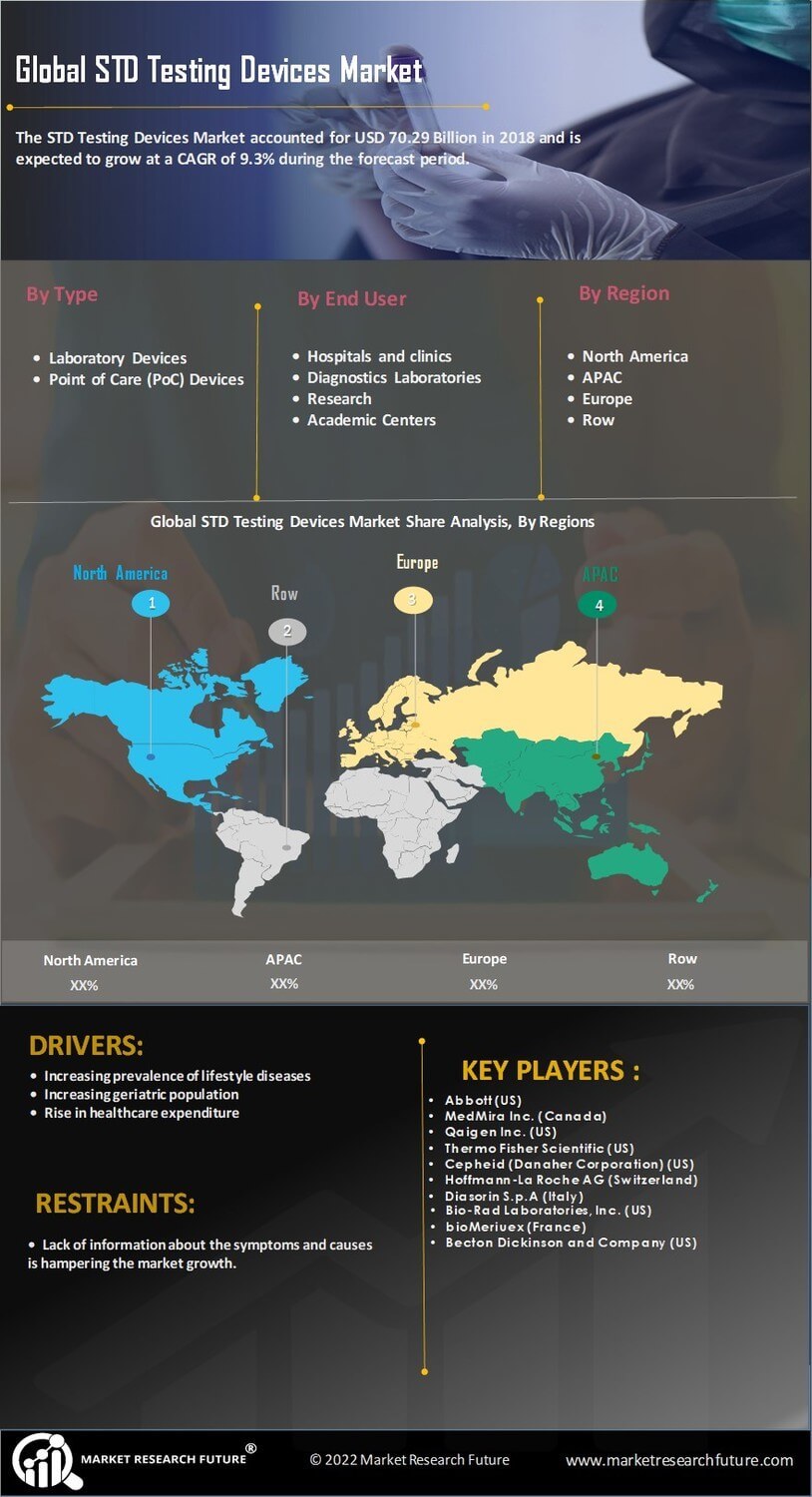

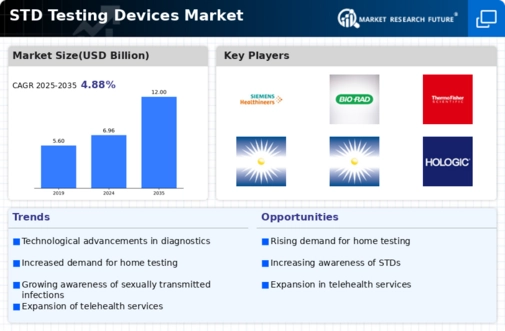
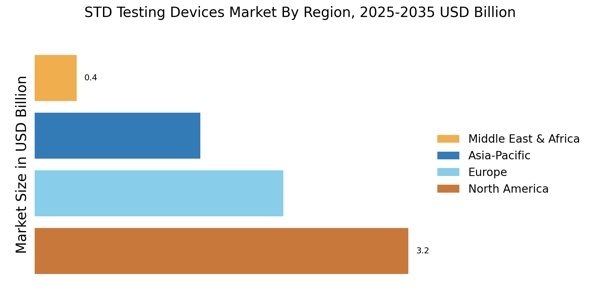

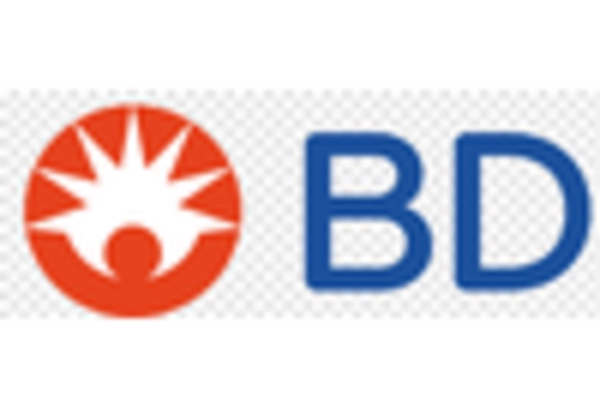
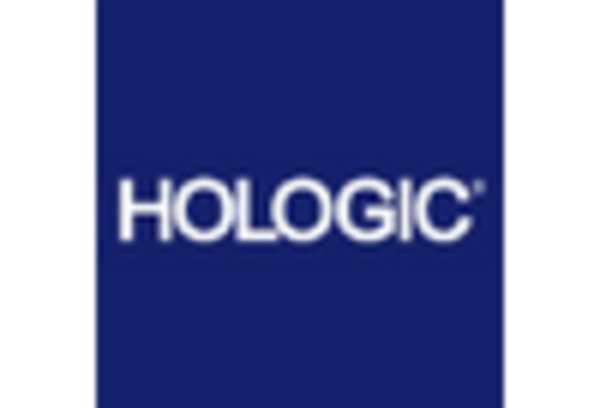











Leave a Comment